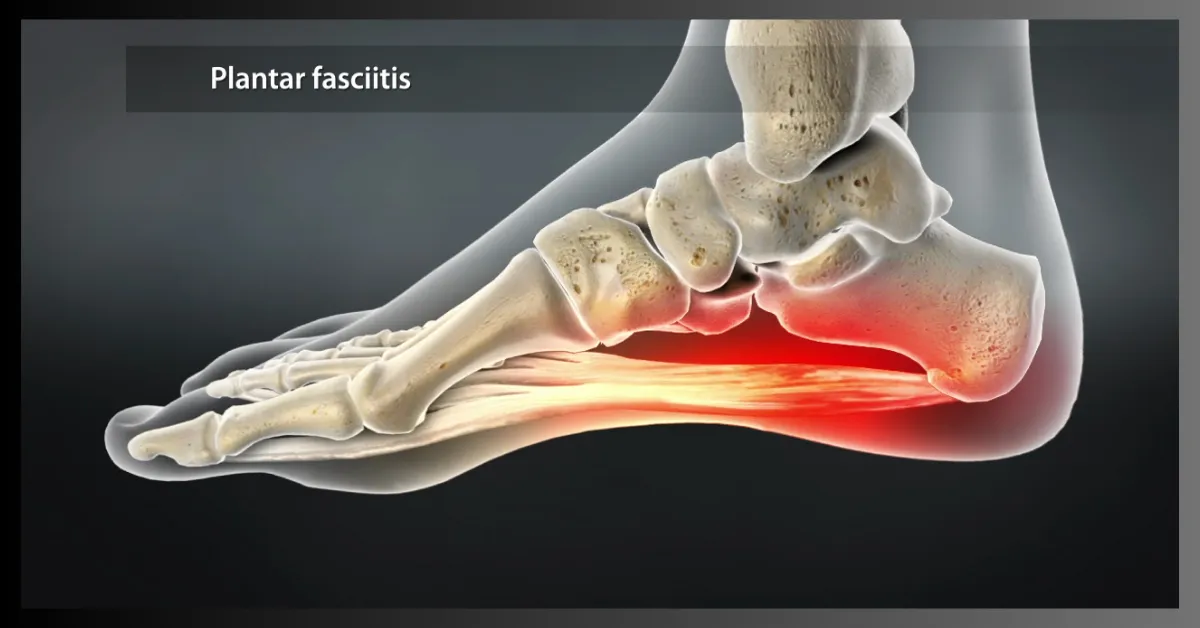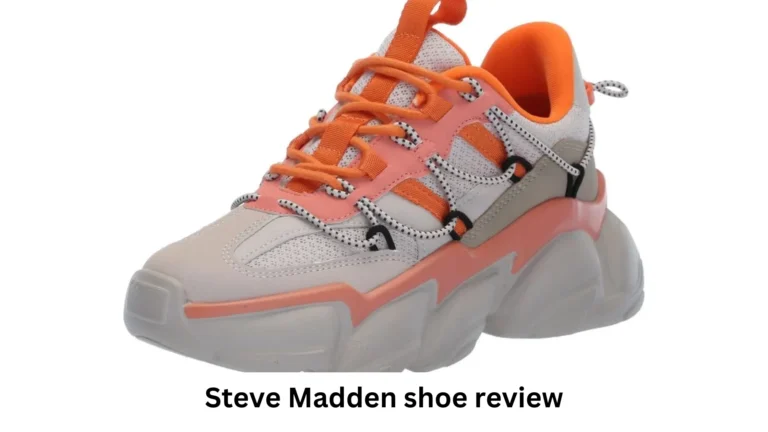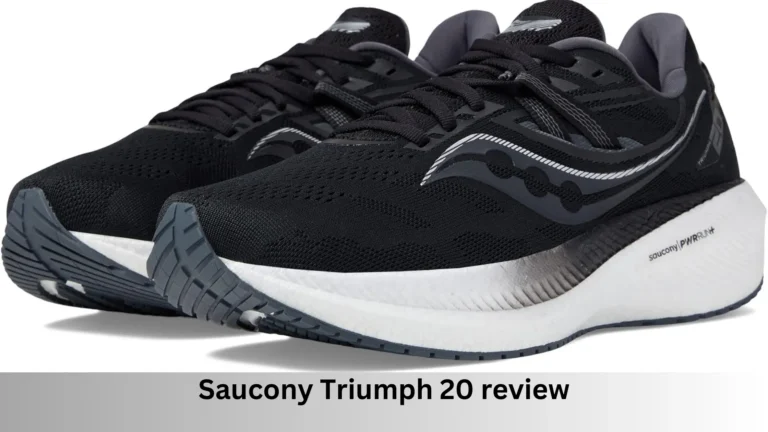
If you suffer from plantar fasciitis, you know the importance of good footwear. The wrong pair of running shoes can worsen the pain, making daily activities and exercise a real challenge. In this article, we’ll highlight the worst running shoes for plantar fasciitis, so you can avoid them and keep your feet comfortable.
What is Plantar Fasciitis?
Plantar fasciitis is a common condition that causes pain in the heel and bottom of the foot. It occurs when the thick band of tissue (plantar fascia) connecting your heel bone to your toes becomes inflamed. Proper support and cushioning from your running shoes are essential for managing this condition.
Key Points to Avoid in Running Shoes for Plantar Fasciitis:
- Minimal Arch Support
Shoes with insufficient arch support can lead to strain on the plantar fascia, worsening the pain. Runners with plantar fasciitis need shoes that provide adequate support for the arch of the foot. - Lack of Cushioning
Cushioning helps absorb impact when your foot hits the ground. Shoes with minimal cushioning will increase stress on your heel, leading to more pain. - Overly Flexible Soles
While flexibility is important in running shoes, overly flexible soles can lead to instability, which can strain the plantar fascia. Stability in shoes is crucial to avoid worsening symptoms. - Hard, Rigid Shoes
On the flip side, shoes that are too rigid, especially in the midsole area, can limit natural foot movement and cause discomfort. A balance between firmness and flexibility is key. - Flat Shoes with No Heel Drop
Shoes with a flat sole and no heel-to-toe drop can increase strain on your heel. A slight elevation in the heel reduces pressure on the plantar fascia and helps with shock absorption.
What Makes a Running Shoe Bad for Plantar Fasciitis?
Before diving into specific shoes to avoid, let’s understand what features make a running shoe unsuitable for plantar fasciitis sufferers:
- Minimal cushioning in the heel area
- Lack of proper arch support
- Too flexible midsole
- Worn-out support structures
- Insufficient shock absorption
- Poor heel counter stability
5 Types of Running Shoes to Avoid with Plantar Fasciitis
1. Minimalist Running Shoes

Barefoot-style and minimalist shoes typically offer little to no cushioning and support. While some runners swear by them, they’re usually a poor choice if you have plantar fasciitis. These shoes force your feet to work harder, potentially aggravating your condition.
Examples to avoid:
- Vibram FiveFingers series
- Merrell Vapor Glove models
- Nike Free Run (especially older versions)
2. Worn-Out Running Shoes
Even the best running shoes become dangerous for plantar fasciitis sufferers once they’re worn out. Signs your shoes need replacement:
- Visible compression in the midsole
- Uneven wear patterns
- Loss of cushioning response
- More than 400-500 miles of use
3. Racing Flats
Racing flats prioritize speed and ground feel over support and cushioning. The characteristics that can worsen plantar fasciitis include:
- Minimal heel-to-toe drop
- Limited cushioning
- Lack of structural support
- Thin midsoles
4. Budget Running Shoes with Poor Support
While not all expensive shoes are good, many budget options cut corners on essential features needed for plantar fasciitis, such as:
- Quality cushioning materials
- Proper arch support
- Durable support structures
- Impact protection
5. Completely Flat Shoes

Running shoes without any arch support or with completely flat soles can significantly worsen plantar fasciitis symptoms. Watch out for:
- Skateboarding-style running shoes
- Ultra-lightweight trainers
- Basic canvas sneakers
Also See: Can You Rock Running Shoes with Jeans? Style Guide + Expert Tips
What to Look for in Running Shoes for Plantar Fasciitis
Now that you know which shoes to avoid, here’s what you should look for in the best running shoes to alleviate plantar fasciitis:
- Proper Arch Support: Shoes with adequate arch support will prevent strain on the plantar fascia.
- Good Cushioning: Look for shoes with plenty of cushioning, especially in the heel area.
- Firm Yet Flexible Soles: A balance between firmness and flexibility helps stabilize your foot.
- Heel Drop: Opt for shoes with a slight heel drop to reduce pressure on the heel.
Common Red Flags When Choosing Running Shoes
Look out for these warning signs when shopping:
- Extreme flexibility in the midfoot
- Lack of heel counter structure
- Thin or compressed cushioning
- No arch support features
- Lightweight design prioritized over support
Tips for Identifying Unsuitable Running Shoes
Perform These Quick Tests:
- Twist Test: Try to twist the shoe like wringing out a towel. Too much flexibility indicates insufficient support.
- Bend Test: Press the toe area upward. The shoe should bend at the ball of the foot, not in the middle.
- Heel Counter Check: Press on the back of the heel. A good shoe for plantar fasciitis should feel firm and stable.
Expert Recommendations
When avoiding shoes for plantar fasciitis, consider these expert tips:
- Don’t be swayed by trendy minimal designs
- Avoid shoes marketed purely for speed
- Skip shoes without dedicated arch support
- Pass on shoes that feel too soft or unstructured
- Stay away from shoes that bend easily in the middle
Frequently Asked Questions
Q: Can I still run with plantar fasciitis?
A: Yes, but proper footwear is crucial. Avoid unsupportive shoes and ensure you have adequate cushioning and arch support.
Q: How often should I replace my running shoes with plantar fasciitis?
A: Replace shoes every 400-500 miles or when you notice compression in the midsole, even if it’s earlier than usual.
Q: Are zero-drop shoes bad for plantar fasciitis?
A: While not universally bad, most people with plantar fasciitis do better with shoes that have some heel-to-toe drop for better pressure distribution.
Q: Can cheap running shoes cause plantar fasciitis?
A: Yes, running shoes that lack proper support and cushioning can contribute to developing or worsening plantar fasciitis.
Q: Should I avoid all lightweight running shoes?
A: Not necessarily, but prioritize support and cushioning overweight. Many lightweight shoes sacrifice essential support features.
The Bottom Line
Choosing the right running shoes is crucial when dealing with plantar fasciitis. Avoid minimalist designs, worn-out shoes, racing flats, and shoes lacking proper support features. Instead, invest in properly cushioned and supportive running shoes that protect your feet and promote healing.
Remember, the cheapest option often becomes the most expensive when it affects your foot health. Consider your running shoes an investment in your well-being and choose wisely.
Read Also: Vince Shoes: Do They Run Small? [Complete Size Guide 2024]

Hello, I am Natasha Rose. I am the founder of the website Best Running Shoes. I am from California, USA. I am a professional shoe analyzer and an employee in a shoe showroom. I like to provide information about all types of shoes.





